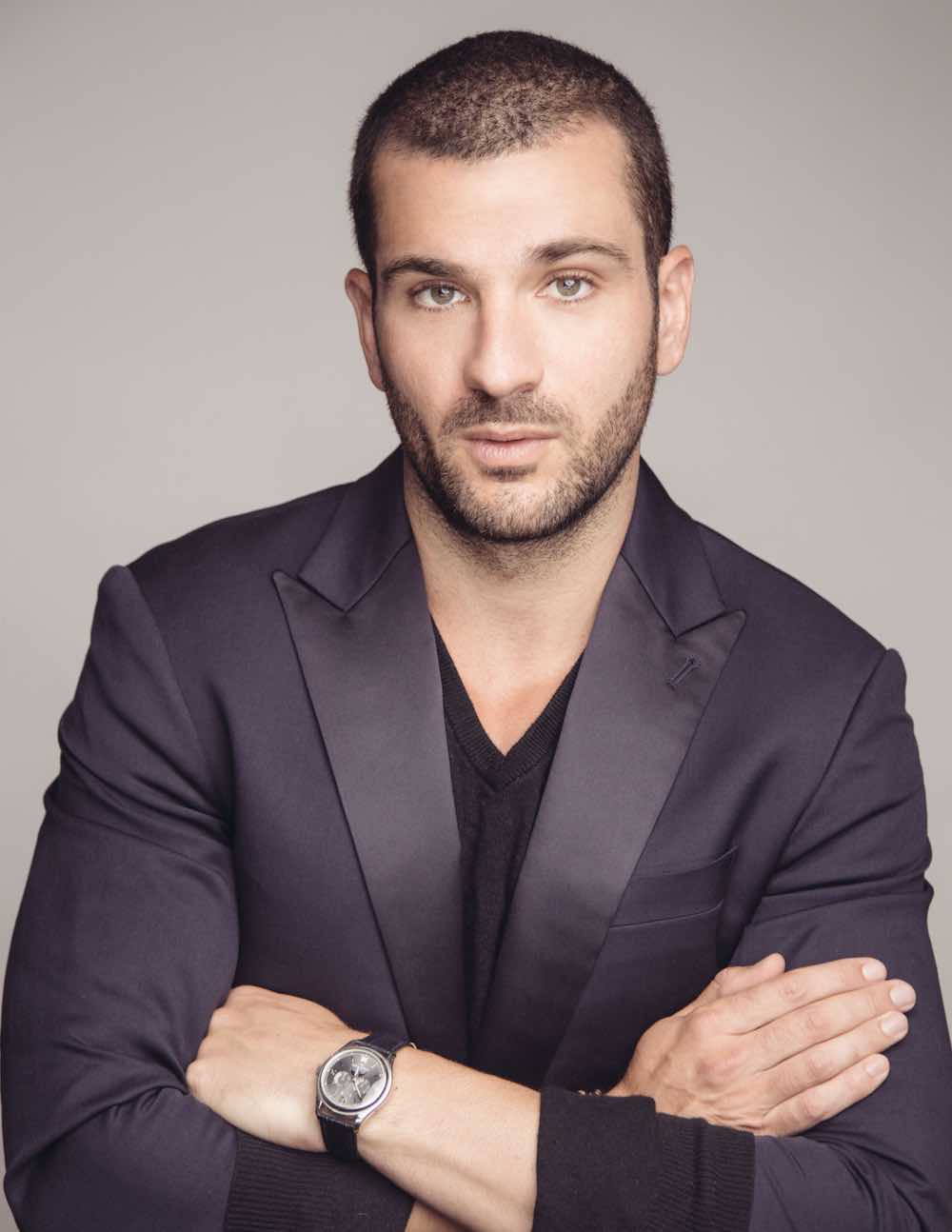
The venture landscape is changing rapidly. There are more funds than ever before. Superangels are raising meaningfully sized pools of capital and eschewing the need to ever join the larger firms. Those large firms meanwhile are increasingly restructuring to look more akin to traditional institutional managers in a transition similar to what happened to the private equity giants in the late aughts. Meanwhile a new breed of vehicle has emerged – the venture studio.
These studios treat the art of business building not so dissimilarly to how a movie studio might treat film production. Namely that there is enough overlapping talent and process involved in the creation of each business that it can be turned into a repeatable playbook. It still tends to have venture-like risk though, right? Colin Darretta, CEO of Innovation Department, a venture studio based in New York City, disagrees: “The whole point is if we can develop strong processes and procedures we aren’t rebuilding the wheel every time we build a business. That’s not to say we’re derisking things entirely – we’re going to have some misses – but our chances of success should improve markedly to what a standard early stage business with no such infrastructure to lean on might see.”
Darretta’s studio has built five brands to date, ranging from WellPath, a customized nutritional supplement business, they sold last year to Proxima, a data play run by his business partner, that has been scaling rapidly. He and his partner started the studio shortly after they realized that, while building WellPath, so much of the learnings they were having would be wasted if they were always relegated to a single business. As two ex-finance professionals they had the proficiency with numbers to understand the very real costs associated with making the same mistakes over and over again and believed they had seen a better path forward. “Ultimately, we just came to the conclusion that a lot of the mistakes we made were mistakes that every entrepreneur makes. So if we could shortcut those for other businesses by partnering with great entrepreneurially minded individuals who might not want to take the risk themselves to go build their own business but rather do it within our infrastructure that could make a lot of sense.”
The investment community, at least, has found some merit in Darretta and others claims that there are positives to the model by funding studios like Darretta’s and others like Pattern, Beach House Group, WIN Brands and dozens of others over the past several years. And while there are few massive winners coming out of these studios it does seem like there have been some consistent modest successes.
But building multiple brands inside a single corporate entity is far from a novel concept. In fact, it sounds quite similar to what the multinational conglomerates have been doing for decades. When asked whether Innovation Department isn’t just another holding company on a far smaller scale Darretta is quick to point out that “Yes, on some level, we’re a very small version of the holding companies so many people have been familiar with for ages. But while holding companies have existed for a long time, people generally thought of them as conglomerates. P&G is an enormous multinational behemoth, more often than not comprised of brands they’ve acquired over the years rather than home grown talent, so to speak. What the current venture studios are doing is, by and large, building their own businesses in an effort to both diversify risk, redeploy successful strategies across industries, and ultimately exit these businesses to the P&G’s of the world once they reach the sort of scale that the conglomerates are excited about being able to leverage their far greater distribution capabilities to really scale these brands to the next level.”
One cannot help but wonder if there is something that is lost when Darretta and his peers build businesses based on playbooks rather than mission and passion. Entrepreneurship, at least of the sort that most people see lauded in the media, is as much a labor of love as anything else. How much is lost when that isn’t there? And can a brand really succeed? Or will we just end up with dozens of cookie cutter brands all using the same typography and color palette as has sometimes felt the case over the past several years?
“We’re super conscious of that,” says Darretta, at least acknowledging that there is a real risk here. “We try very hard to find early team members with an entrepreneurial spirit who do have a passion about the brand they are going to work on. We know that if you don’t deeply care about what you’re trying to build you’re almost certainly going to be disadvantaged relative to someone who does. Maybe our processes make up for some of that, but it’s impossible to do so fully. So our goal is to marry the two as best we can.”
Easier said than done – and for now until there are huge successes coming out of these venture studios it is fair to remain dubious of how well they might execute on these aspirations. Still, one can’t help but think there is some real value in this more disciplined, less scattershot approach these studios are taking. If nothing else these studios will serve as yet another example of a small group of savvy entrepreneurs forcing everyone else to elevate their own game.
You may be interested in: The Top 3 Exciting Companies Built with Startup Studios

